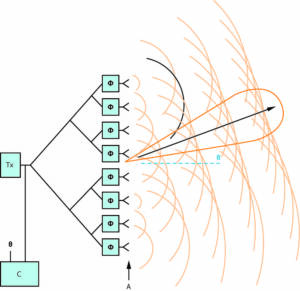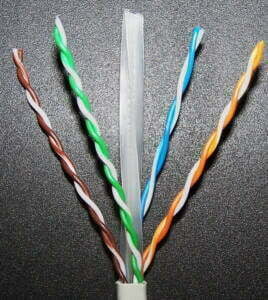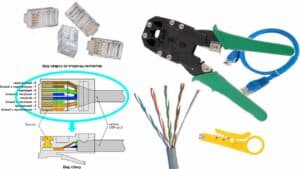Relay principles
Relaying is the process of retransmitting a signal from one device to another. It is used to increase data transmission range, reduce interference and improve signal quality. The principles of relaying are based on amplifying the signal and transmitting it over a longer distance. For this purpose, special devices are used - repeaters or repeaters. They receive the signal from the transmitter, amplify it and transmit it to the next level of the network. Repeaters can be installed at various levels of the network, which allows increasing the range of data transmission. However, each device introduces delay into signal transmission, so it is necessary to balance the number of repeaters to minimize delays and reduce interference.
Relay technologies
Relaying is the transmission of a signal from one source to another for further distribution. There are several relay technologies that are used in various fields.
One of the main relay technologies is analogue relay, which is used in radio broadcasting and television. The signal from the transmitter is transmitted to a relay station, which amplifies it and transmits it further. Thus, it is possible to ensure uniform signal coverage of a large area.
Digital relay is used in digital television and radio. The signal is converted into digital format and transmitted to a relay station, where it is decoded and transmitted further. One of the main advantages of digital relaying is the high quality of the signal and the ability to transmit a large amount of information.
There is also Internet relaying, which allows you to transmit a signal over the Internet. This technology is widely used to broadcast video and audio content on websites, social networks and instant messengers.
Regardless of the technology, relaying is an important element in transmitting a signal from source to consumer. Thanks to it, we can access different types of information that would not be available without it.
Differences between relay and broadcast
Relay and broadcast are two terms that are often used in the world of telecommunications. Although they have some similarities, the differences between them are quite significant.
Broadcasting is the process of transmitting a live signal from one device to another. This could be a television channel, radio station or online broadcast. Broadcasting is mainly used to transmit media content such as news, sporting events, concerts, etc.
d.
Retransmission, on the other hand, is the process of retransmitting a signal that has already been transmitted. This can be useful when a signal cannot be received due to distance or other factors. Relay is also used to retransmit a signal in a different format or on a different device.
It is important to note that rebroadcasting is not a form of piracy, since the signal has already been received and transmitted, and the owner of the content rights has received their share.
In conclusion, broadcast and relay are two important terms in the world of media content and telecommunications. They have their own unique features and applications, and understanding the differences between them can help you better understand how signal transmission works.
Relaying is the process of sending data from one point to another. In modern technology, relaying is used to send information between computers, servers, mobile devices, and other devices. Here are some examples of how relaying is used in modern technology:
1. Video conferencing. Relay is used to transmit video and audio data between multiple participants in a video conference. This allows participants to see and hear each other in real time.
2. Game servers. Relaying is used to transfer information between game servers and players. This allows players to play online games and communicate with each other.
3. Mobile devices. Relay is used to transfer data between mobile devices and servers. This allows users to receive real-time information and share data.
4. Internet broadcasts. Relaying is used to transmit video and audio data on the Internet. This allows users to watch and listen to online content in real time.
As you can see from these examples, relay plays an important role in modern technology. Without it, it would be impossible to transfer data between devices and exchange information in real time.
Pros and cons of relaying
Relaying is the process of retransmitting a signal from one device to another. This can be useful when you need to increase your coverage area or transmit a signal through an obstacle. However, relaying has its pros and cons.
Pros:
- Increased coverage area
- Improving signal quality
- Possibility of transmitting a signal through an obstacle
- Saving money on installing additional equipment
Minuses:
- Increased signal transmission delay
- Signal quality deterioration during retransmission
- Increased likelihood of transmission interference
- Complicating the setup and management of equipment
So, relaying has its pros and cons. It all depends on the specific situation and signal transmission requirements. However, if the equipment is properly configured and managed, relaying can be very useful and cost-effective.
Read further:






